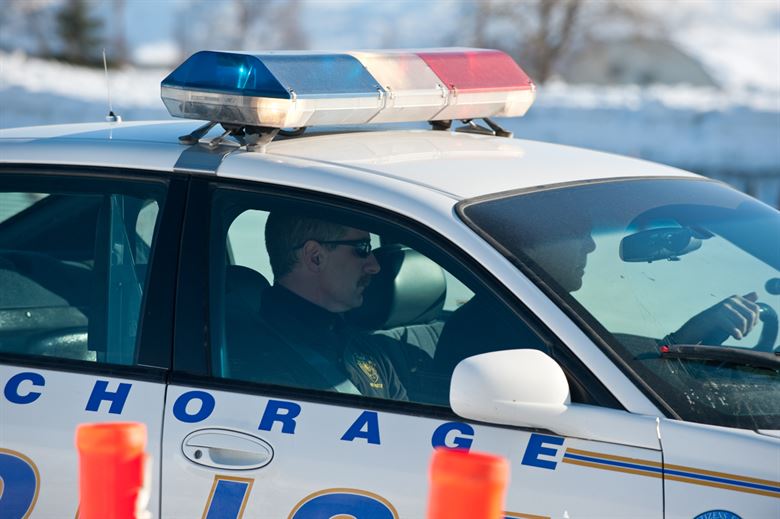This post is also available in:
 עברית (Hebrew)
עברית (Hebrew)
5G cellular network technology designed to greatly increase the speed of wireless networks can be applied in many aspects of law enforcement work. The technology enables low latency applications and provides high bandwidth resolutions, both of which help technology such as body and dash cameras, facial recognition, and AI perform at its best — and in real time. As 5G gets closer to becoming a reality, public safety officials are asking how this shift will impact modern policing.
Gigabit-Class LTE brings police departments one step closer to 5G, providing many of the same benefits for public safety workers as 5G will. 5G networks are expected to deliver 10X the speed of current 4G LTE networks,
As more departments adopt Gigabit-Class LTE, and 5G begins rolling out to more cities, the job of a police officer is set to evolve. By allowing technology to face the most dangerous parts of the job, police officers and their communities will be better protected.
What roles will 5G technology play in law enforcement operations?
Faster performance – Police officers in the field will enjoy faster performance from real-time data solutions such as facial recognition and license plate scanning as their accuracy receives a boost from the higher ceiling of data communication.
Autonomy – The low-latency and faster output from mission-critical applications will empower officers to become more digitally autonomous as they can spend more time in the field and less at the station, according to cellebrite.com.
Ground Robots – Robots are equipped with video, audio and weapons that officers control from a safe distance over Wi-Fi – but as the latency improves with Gigabit-Class LTE, the robot can achieve more meticulous operations including more subtle steering maneuvers, audio from the robot will be clearer and, when necessary, police officers will be more accurate when using the robot’s weaponry.
With augmented reality enabling officers with more and more real-time point-of-view perspective and better situational awareness, increased network speeds will supply the necessary platform for agile networking, according to officer.com.
Drones – The faster network speeds of Gigabit-Class LTE can allow drones with thermal imaging to see better day and night, and transmit clearer, crisper pictures to law enforcement officers.
Camera Surveillance – Gigabit-Class LTE is opening the door to all new possibilities for video technology. With a faster, higher bandwidth connection, surveillance cameras are able to implement computer vision, which monitors its area of vision for certain red flags.
When the computer records an unusual pattern — such as a person wearing a face mask in the summer or carrying a gun in public — it can then automatically alert the authorities.


























